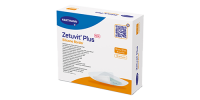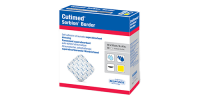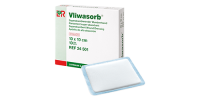- My Account
- Place a Reorder
- Logout

Versatile SAP Dressing
Reliable Fluid Retention
Absorb & Retain High Exudate
Zetuvit Plus
Silicone Bordered Dressing
Cutimed Sorbion Border
Superabsorbent Dressing
Vliwasorb Super Absorbent
Wound Dressing
✓ Maintains moist microclimate
✓ Binds & retains bacteria
✓ Balances adhesive & atraumatic removal
✓ Effective, even under compression
✓ Easy repositioning, gentle changes
✓ Skin friendly and shower proof
✓ Superabsorbent core holds 20x its weight
✓ Reduces infections risks
✓ Thin, cushioning & flexibile construction
Home » Wound Care » Advanced Wound Dressings » Specialty Absorbent Dressings
Showing 1–16 of 72 results
-
Sale!
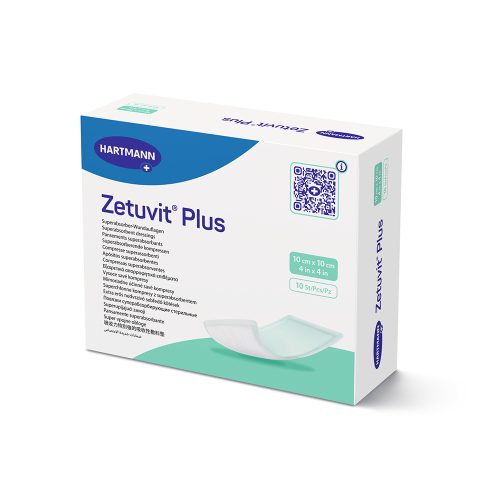 HARTMANN USA
HARTMANN USAZetuvit Plus Non-Border Superabsorbent Dressing
Starting at: $3.19 Select options This product has multiple variants. The options may be chosen on the product page -
Sale!
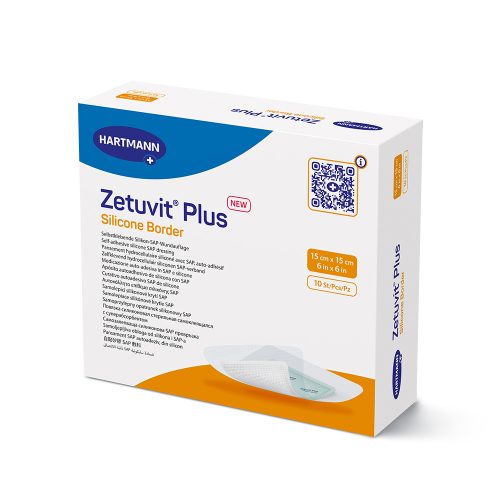 HARTMANN USA
HARTMANN USAZetuvit Plus Silicone Bordered Dressing
Starting at: $2.89 Select options This product has multiple variants. The options may be chosen on the product page -
Sale!
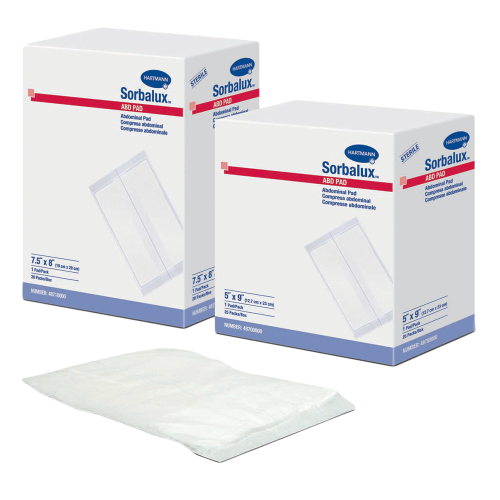 HARTMANN USA
HARTMANN USASorbalux ABD Absorbent Abdominal Pads
Starting at: $0.29 Select options This product has multiple variants. The options may be chosen on the product page -
Sale!
 Dynarex
DynarexCombine ABD Pads – Sterile
Starting at: $3.29 Select options This product has multiple variants. The options may be chosen on the product page -
Sale!
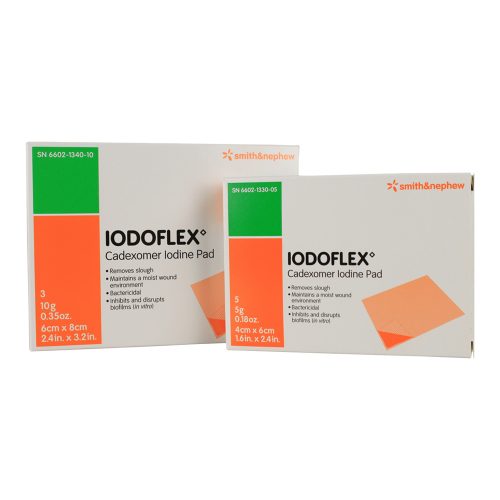 Smith & Nephew
Smith & NephewIODOFLEX Pads
Starting at: $7.99 Select options This product has multiple variants. The options may be chosen on the product page -
Sale!
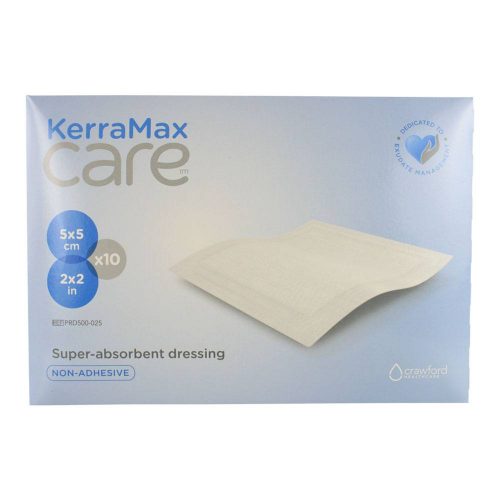 Solventum (Formerly 3M)
Solventum (Formerly 3M)KerraMax Care Super-Absorbent Dressing
Starting at: $1.99 Select options This product has multiple variants. The options may be chosen on the product page -
Sale!
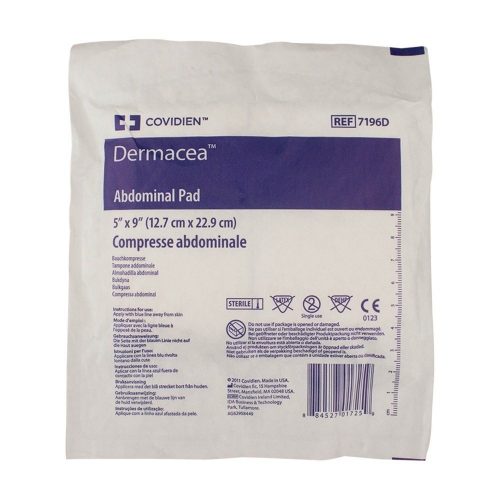 Cardinal Health
Cardinal HealthDermacea Abdominal (ABD) Pads
Starting at: $6.09 Select options This product has multiple variants. The options may be chosen on the product page -
Sale!
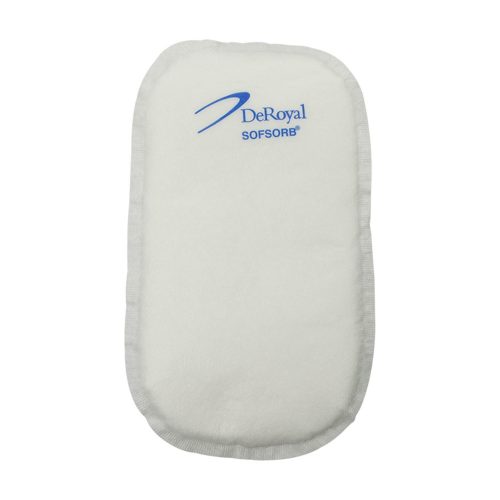 Deroyal
DeroyalSofsorb Standard Absorbent Wound Dressing
Starting at: $2.79 Select options This product has multiple variants. The options may be chosen on the product page -
Sale!
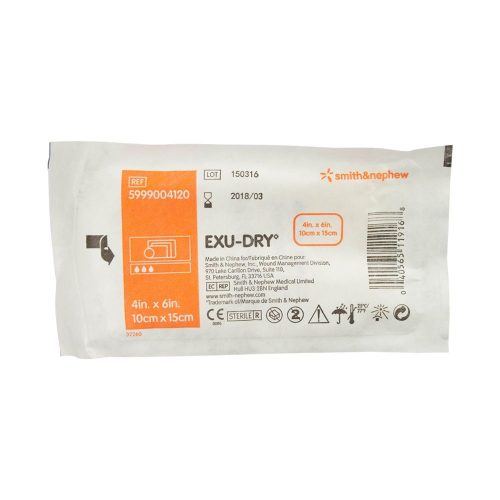 Smith & Nephew
Smith & NephewEXU-DRY Absorbent Dressing, Full Absorbency
Starting at: $2.59 Select options This product has multiple variants. The options may be chosen on the product page -
Sale!
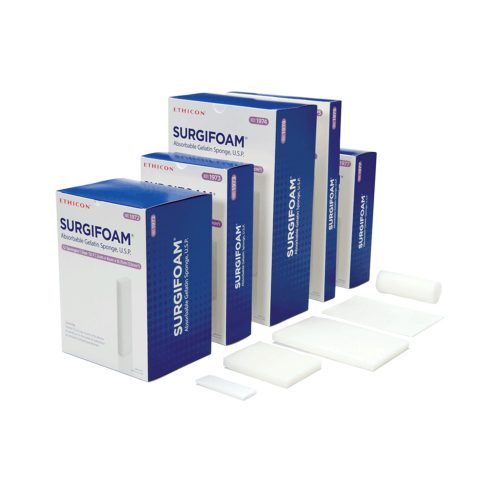 Johnson & Johnson
Johnson & JohnsonSURGIFOAM Absorbable Gelatin Sponge
Starting at: $16.39 Select options This product has multiple variants. The options may be chosen on the product page -
Sale!
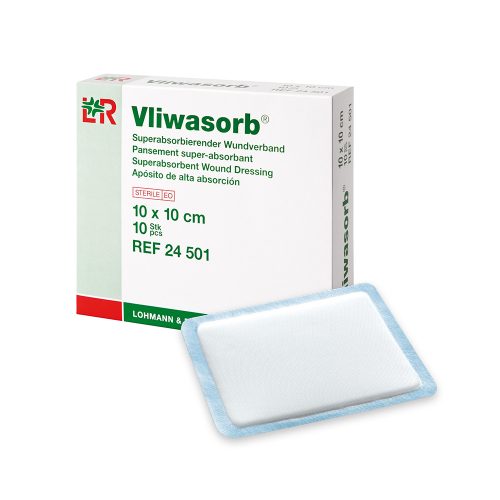 L&R
L&RVliwasorb Super Absorbent Wound Dressing
Starting at: $2.09 Select options This product has multiple variants. The options may be chosen on the product page -
Sale!
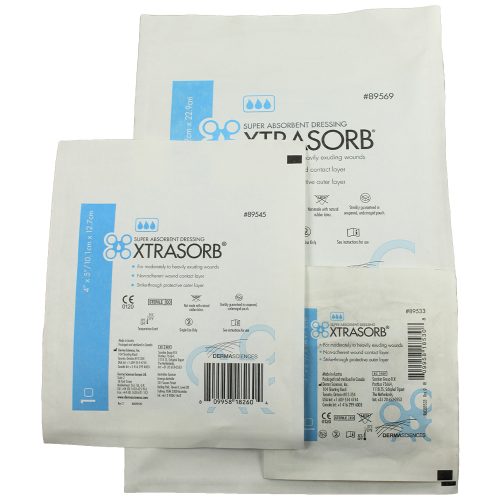 Gentell
GentellXTRASORB Classic Non-Adhesive Super-Absorbent Wound Dressing
Starting at: $2.89 Select options This product has multiple variants. The options may be chosen on the product page -
Sale!
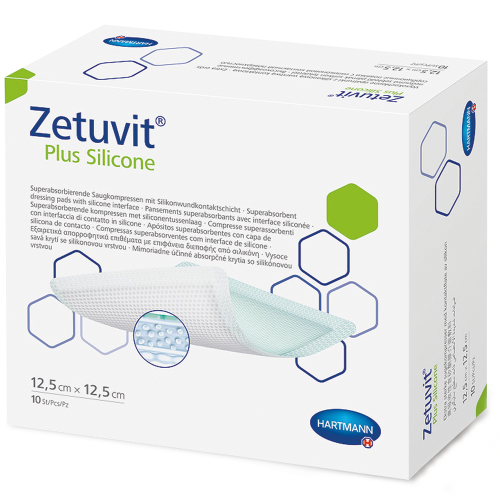 HARTMANN USA
HARTMANN USAZetuvit Plus Silicone Non-Bordered Dressing
Starting at: $7.39 Select options This product has multiple variants. The options may be chosen on the product page -
Sale!
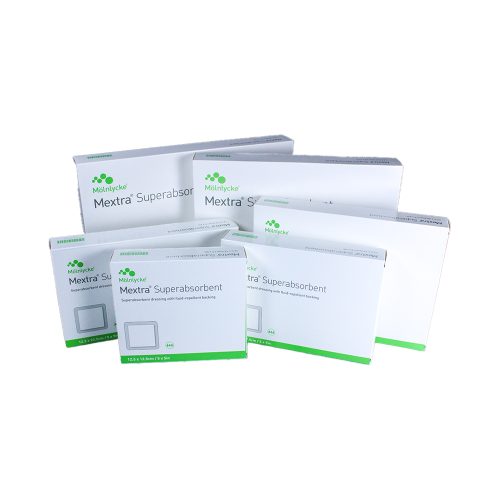 Molnlycke Health Care
Molnlycke Health CareMextra Superabsorbent Dressing with Fluid-repellent Backing
Starting at: $2.89 Select options This product has multiple variants. The options may be chosen on the product page -
Sale!
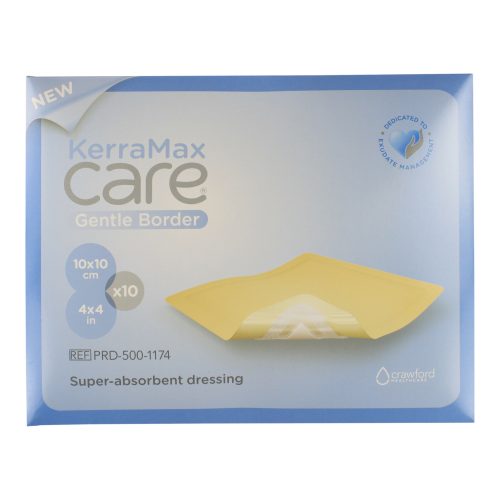 Solventum (Formerly 3M)
Solventum (Formerly 3M)KerraMax Care Gentle Border Super-Absorbent Dressing
Starting at: $4.89 Select options This product has multiple variants. The options may be chosen on the product page -
Sale!
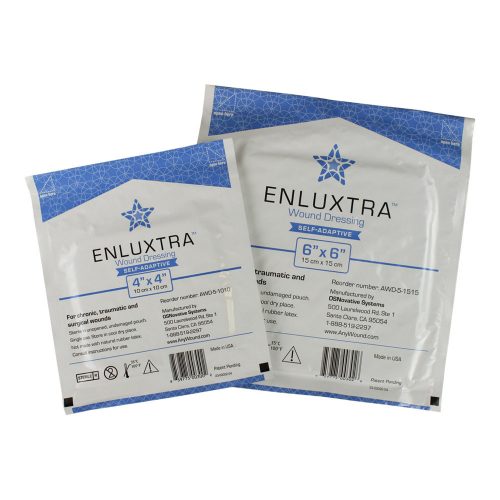 OSNovative Systems
OSNovative SystemsEnluxtra Self Adaptive Dressing
Starting at: $7.69 Select options This product has multiple variants. The options may be chosen on the product page
Not all wounds are identical. If the injury is generating a high amount of exudate or a bandage needs to conform to an uneven or narrow surface, a specialty wound care dressing may be needed to properly facilitate healing:
Super-Absorbent Dressings are highly absorbent dressings accommodate and draw in above-average amounts of exudate generated by the wound.
Benefits of Super-Absorbent Dressings
To help the area heal, super-absorbent dressings:
• Feature multi-layered construction often involving a core of cellulose or other fibers or a polymer designed to hold onto the fluid and expand.
• Help prevent damage to the wound’s tissue and surrounding skin.
• Involve wicking properties to direct the exudate away from the wound to the center of the dressing, where the core layer helps lock it in place to prevent maceration.
• Won’t disintegrate despite the amount of fluid absorbed and tend to offer pain-reducing, one-piece removal for straightforward dressing changes.
• Assist with holding onto bacteria to allow the wound to heal, rather than become infected, and can control related odors.
• Conform to the wound bed to eliminate gaps where pockets of bacteria can thrive.
• Aid in the formation of new tissue, preventing the wound bed from drying out or scabbing over and helping debride dead tissue.
Super-absorbent wound dressings take multiple forms, including polyurethane foams, alginate dressings, gel pads, sponge pads, iodine dressings, fiber dressings, sodium chloride dressings, cavity fillers and drainage collectors.
Dressings may further aid in moisture control, including allowing fluid to transfer to a secondary dressing.
Conditions calling for a highly absorbent wound dressing extend from skin tears, pressure and venous ulcers to burns, donor sites, skin grafts, surgical incisions and chronic wounds.
Abdominal (ABD) Dressings
A type of highly absorbent solution, ABD dressings are specifically designed for abdominal wounds, including for absorbing exudate and packing the area.
Originally used by the military — “ABD” stands for “Army Battle Dressing” — these specialty solutions typically feature a thicker, non-woven construction with cellulose fibers for absorbency and sealed edges to lock in the fluid.
At the same time, the dressing’s construction allows the fluid to spread out over a wider area, rather than gather directly over the wound site.
Post-Operative Dressings
Post-operative dressings aid the wound through its stages of healing, from debridement through remodeling and tissue granulation.
After absorbing exudate during the wound’s inflammation phase and helping control bacteria to prevent infection, these dressings encourage the formation of new tissue, working in conjunction with the skin’s extracellular matrix and often delivering collagen directly to the wound bed to aid the process.
Arm and Leg Dressings
A flat or sheet-shaped dressing won’t effectively conform to every surface. Specialty dressings consider the locations where a wound could be healing and assist with aiding its progress through various anatomical shapes.
